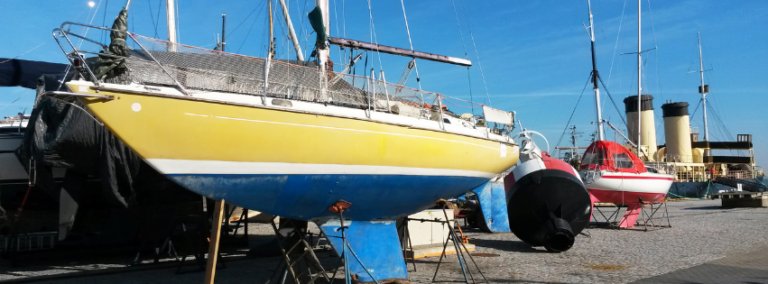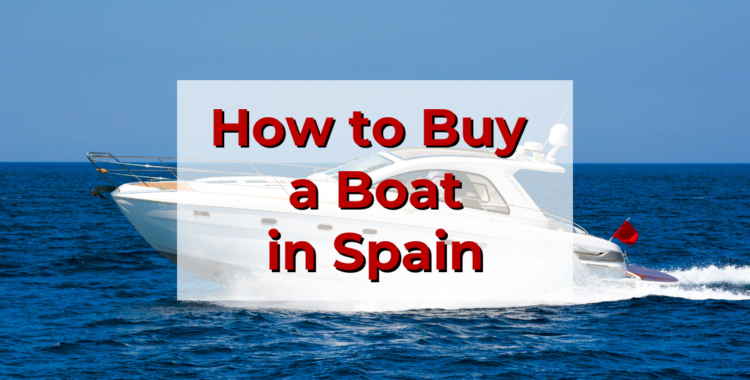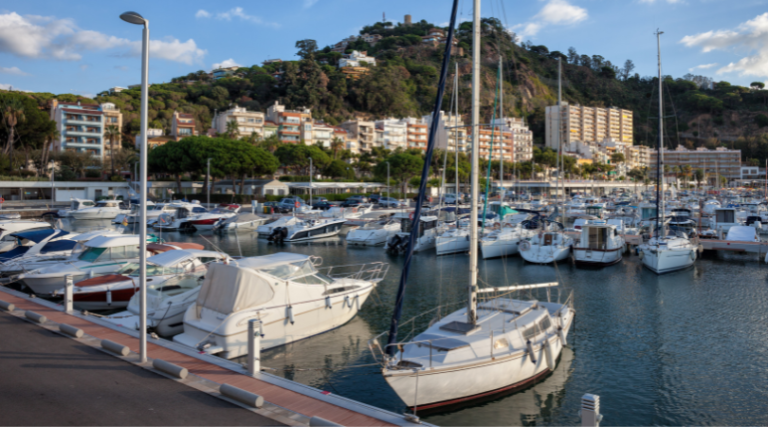How to Buy a Boat in Spain
Are you considering purchasing a boat to maximize your enjoyment in Spain?
Here’s a quick guide covering the expenses, legal prerequisites, financing alternatives, and essential tips to ponder before investing in various types of boats such as bowriders, day sailors, or yachts.
Spain boasts roughly 8,000km of diverse coastline along the Mediterranean, Atlantic, and Bay of Biscay, presenting numerous choices for maritime enthusiasts. However, buying a boat involves more than just selecting one and sailing away. It requires careful decision-making, compliance with regulations, navigating bureaucratic processes, and ongoing maintenance costs.
Types of Boats Before purchasing, decide on the type of boat that suits your needs. Broadly, boats are categorized into motor boats and sailing boats:
- Motor boats are highly popular and come in a range from affordable small power boats ideal for day trips or fishing, starting at around €10,000, to luxurious yachts costing millions.
- Sailing boats, known for their eco-friendliness and requiring significant sailing skill, include various models like light sailboats, catamarans, and trimarans. These can range from €5,000 to upwards of a million.

Legal Requirements in Spain To own a boat, you must:
- Obtain the proper nautical license for your boat’s type and size, options include the Basic Navigation Skipper (PNB), Recreational Boats Skipper (PER), Yacht Skipper (PY), and Yacht Captain (CY).
- Secure compulsory civil liability insurance to cover potential damages to third parties.
- Have essential documents such as the certificate of seaworthiness and navigation permit.
- Fulfill tax obligations on your purchase, including VAT (21%), a special transport tax (12%), or transfer tax (4-6% depending on the region).
Additional Considerations Consider your preferred type of navigation, frequency, companions, and budget. Research thoroughly, comparing different models, prices, and conditions, and watch out for scams. Always test the boat before buying and consider hiring a nautical expert to guide you through the purchase, ensuring you avoid any legal, technical, or administrative pitfalls.
Financing Options If unable to pay outright, explore:
- Nautical mortgages, similar to property mortgages but tailored for maritime purchases.
- Nautical credits, offering fixed interest rates with lower notarial costs compared to mortgages.
- Nautical leasing, allowing you to rent a boat with an option to purchase at the contract’s end.

Ongoing Costs Post-purchase, prepare for maintenance expenses:
- Mooring fees, varying by boat size and port location, can range from €100 to several thousand euros monthly.
- Periodic technical checks to ensure the boat’s condition, which can cost from €200 to several thousand.
- Regular cleaning to prevent damage from dirt, rust, and marine organisms, costing from €50 to several hundred euros every 4-6 weeks.
With this comprehensive understanding, you’re better equipped to navigate the complex but rewarding process of buying and owning a boat in Spain.
Understanding Spanish Boat Licenses: Types, Differences, and Costs
Navigating the waters around Spain requires not only a seaworthy vessel but also the right paperwork. If you’re planning to steer through these scenic waters, understanding the types of boat licenses available and their associated costs is essential. In Spain, boat licenses are categorized based on the size of the boat and the waters where you intend to sail.
Types of Spanish Boat Licenses
Licencia de Navegación (Navigation License): This is the basic license suitable for small boats and personal watercraft (PWC). It allows you to operate vessels up to 6 meters in length during the day and within 2 nautical miles of a sheltered area or harbor. No previous experience or examination is required. A short training course, typically about 6 hours, is sufficient to obtain this license.
Patrón de Navegación Básica (Basic Navigation Skipper – PNB): This license permits you to captain sailing vessels up to 8 meters in length and motorboats up to 7.5 meters long. With the PNB, you can navigate up to 5 miles away from the coast and operate PWCs without limitations. It requires passing a theoretical exam, a practical training session, and a radio operator’s course.
Patrón de Embarcaciones de Recreo (Recreational Boat Skipper – PER): This is one of the most popular licenses for recreational sailors. It allows you to helm boats up to 15 meters in length and sail within 12 miles of the coastline. Additionally, it permits trips between islands in the Balearic and Canary archipelagos. To obtain the PER, you must pass a theoretical exam, complete specific practical training, and a short radio communications course.
Capitán de Yate (Yacht Captain): For those looking to venture further, the Capitán de Yate license allows sailing without geographical limits, handling boats up to 24 meters. It involves more extensive theoretical knowledge, including ocean navigation and meteorology, alongside practical training.
Costs of Spanish Boat Licenses
The costs for obtaining these licenses vary based on the type of license and the sailing school chosen. Here’s a general breakdown:
Licencia de Navegación: This license can cost between €100 and €150, covering the course and exam fees.
Patrón de Navegación Básica (PNB): The cost typically ranges from €300 to €450. This includes the theoretical course, practical training, and examination fees.
Patrón de Embarcaciones de Recreo (PER): Expect to pay between €500 and €700. This fee encompasses the comprehensive theoretical course, practical sessions, exams, and radio communications course.
Capitán de Yate: Being the most advanced, this license can cost upwards of €1,000 to €1,500, depending on the sailing school and the depth of training provided.
Conclusion
Choosing the right Spanish boat license depends on your sailing needs and aspirations. Whether you’re a casual sailor looking to enjoy the coastlines or an ambitious mariner aiming for the open seas, there’s a license tailored for your journey. Remember, the investment in a boat license goes beyond mere cost—it’s an investment in safety and proficiency on the waters. Happy sailing!















